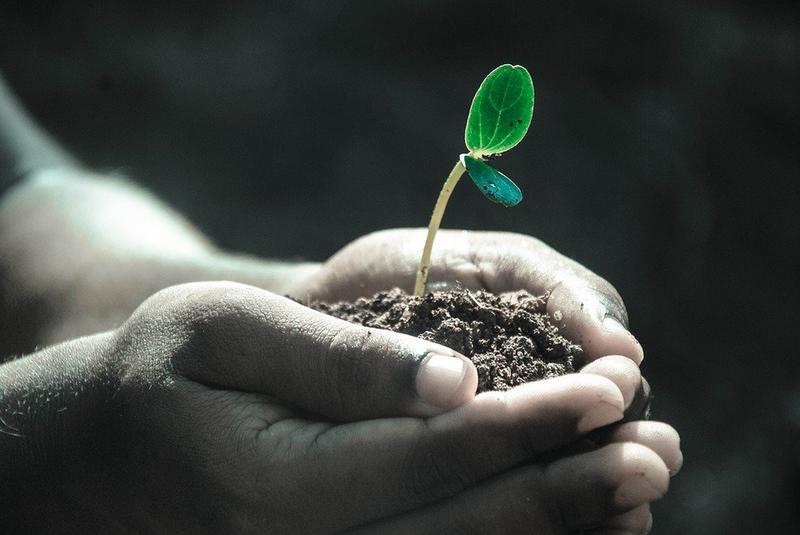Dirt Devil Easy Steamer How to Use

Sandy soil is exactly what its name suggests — a soil that has a high concentration of sand particles. Other types of soil may have a high clay or silt concentration but, in sandy soil, it is particularly low. Read on to learn more about sandy soil, its uses, and other different types of soil that exist in nature.
What Is the Consistency of Sandy Soil?
Sandy soil has a larger concentration of sand when compared to other soils and is also referred to occasionally as "light soil." It is comprised of roughly 35 percent sand and only 15 percent of clay and silt. This type of sand is not exactly what you'd find at the beach. Instead, this type of sand is the product of years of eroded minerals and rocks. It has a fine, gritty texture and is relatively easy to spot because of the high concentration of sand.
What Is Sandy Soil Used For?
Sandy soil is not often used for gardening. The high sand concentration makes the soil quite dry. In addition, the particles of sandy, light soil are much larger than other types of soil. This makes it tough for water and nutrients to form holes and pockets, which helps plants and flowers grow. As nutrients and water are directed away, the plant fails to thrive. Sandy soil has many uses, however, such as:
- A foundation for home building
- Construction
- Drainage building
- Agriculture
- Low settlements
- Aesthetics, such as a park or playground
Because of its large particles and the tendency to wash water away, it makes it an excellent soil for building drainage sites. It also does not get sticky, so it is a viable choice for foundation building or on construction sites.
How Do You Improve Sandy Soil?
If you're attempting to grow your own garden at home, and your house site is on a property that has sandy soil, it may be a struggle to try to grow plants or flowers. However, there are ways to improve sandy soil to make it better for gardening or farming. One of the easiest and quickest ways is to add manure or compost to the soil. This doesn't need to be too complicated — in fact, just adding grass clippings from your mower to the soil can help it bind better. If you do this, particularly if you live near the shore, you do want to watch the salt levels of the soil. High salt levels are not healthy for crops either, and both manure and compost can raise salt levels.
What Are Other Types of Soil?
There are other common types of soil that exist in nature, including clay soil, silt soil, peat soil, chalk soil, and loam soil. These soils are named as they are because they have a high concentration of that particular element in the soil. For example, sandy soil has a high concentration of sand, and clay soil has a high concentration of clay. Both clay and silt soils are extremely common.
What Is Clay Soil?
Clay soil is a soil that has at least a 25-percent consistency of clay. This type of soil is high in nutrients and is ideal for gardening or farming. Clay also forms spaces between the particles, so holds nutrients and water in much better than sandy soil. The only drawback is how dry clay soil can become in summer and, because of this, it requires a lot of watering.
What Is Silt Soil?
Silt soil is also an excellent type of soil for farming or gardening because of how well it holds in moisture. Similarly to sandy soil, however, silt soil works best when organic matter is added, such as manure or compost. Adding nutrients can help form more stable clumps and pieces of soil, which helps foster growth.
Source: https://www.reference.com/science/sandy-soil-62fa41c46a40bd7f?utm_content=params%3Ao%3D740005%26ad%3DdirN%26qo%3DserpIndex&ueid=9db0e5f9-67b9-4735-880f-e779154a637f
0 Response to "Dirt Devil Easy Steamer How to Use"
إرسال تعليق